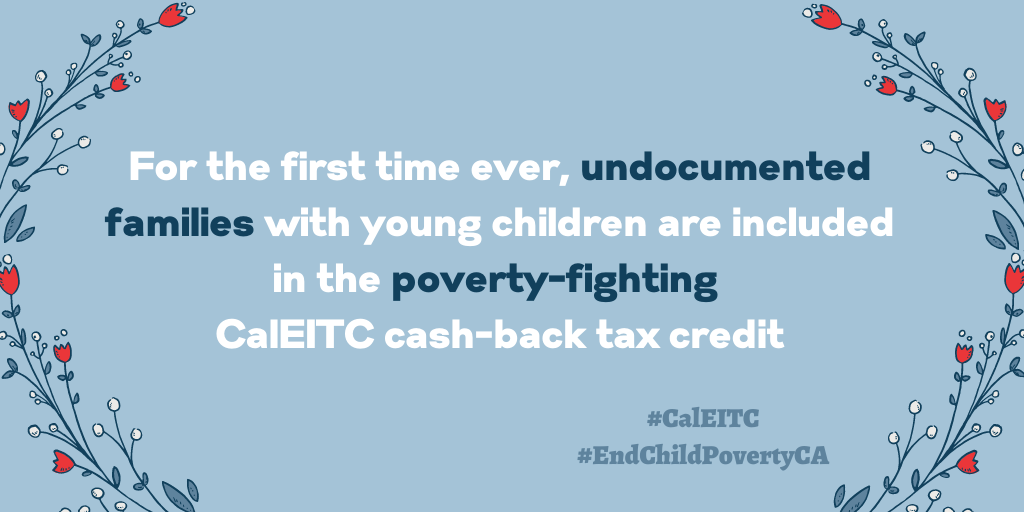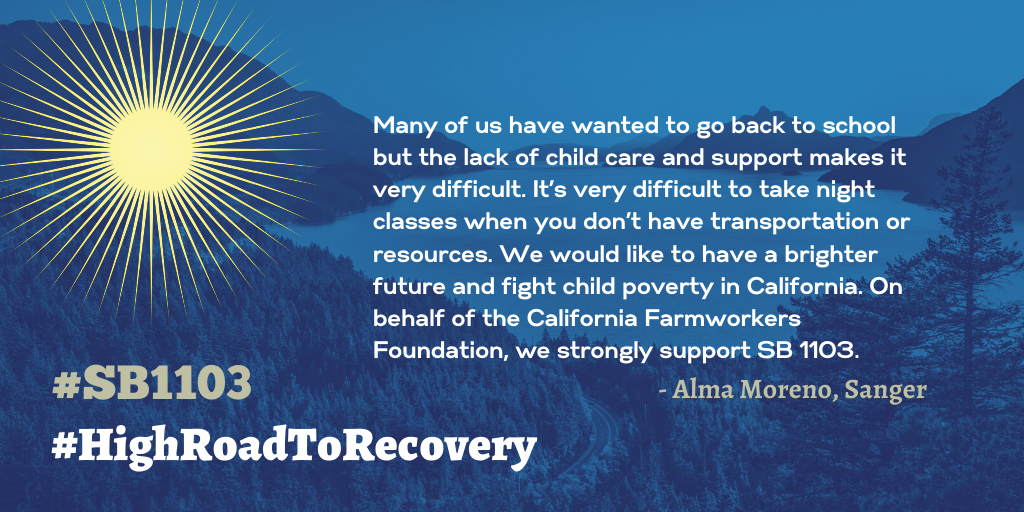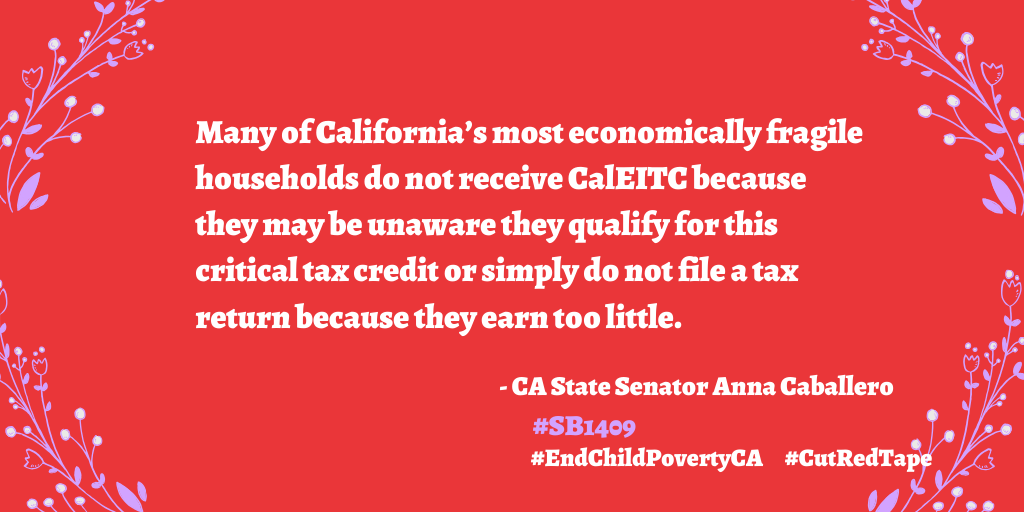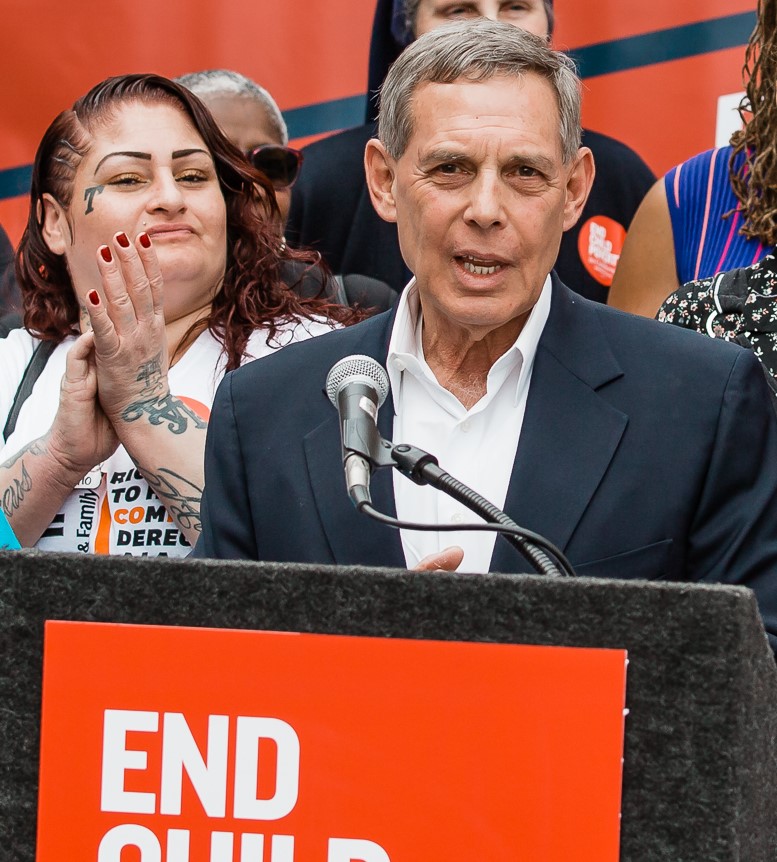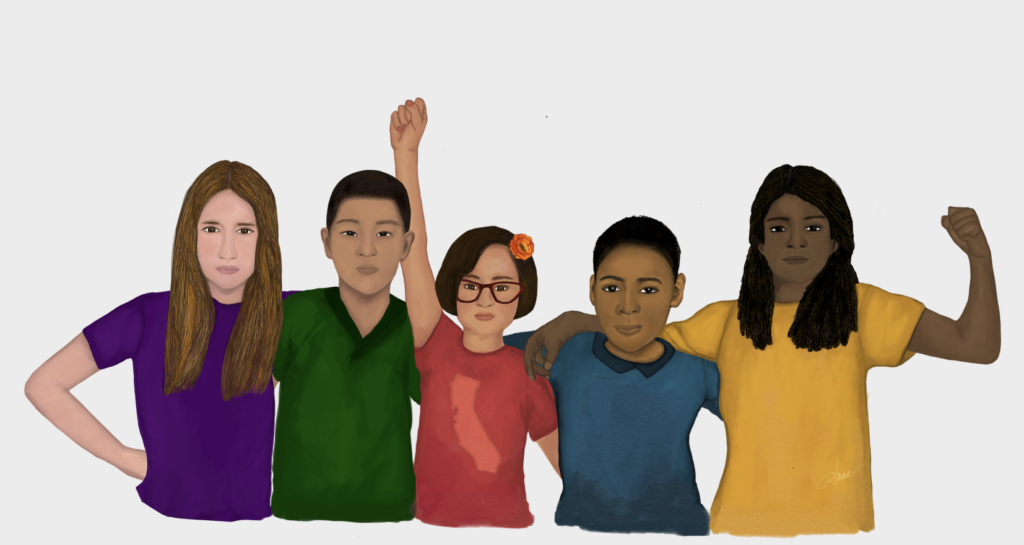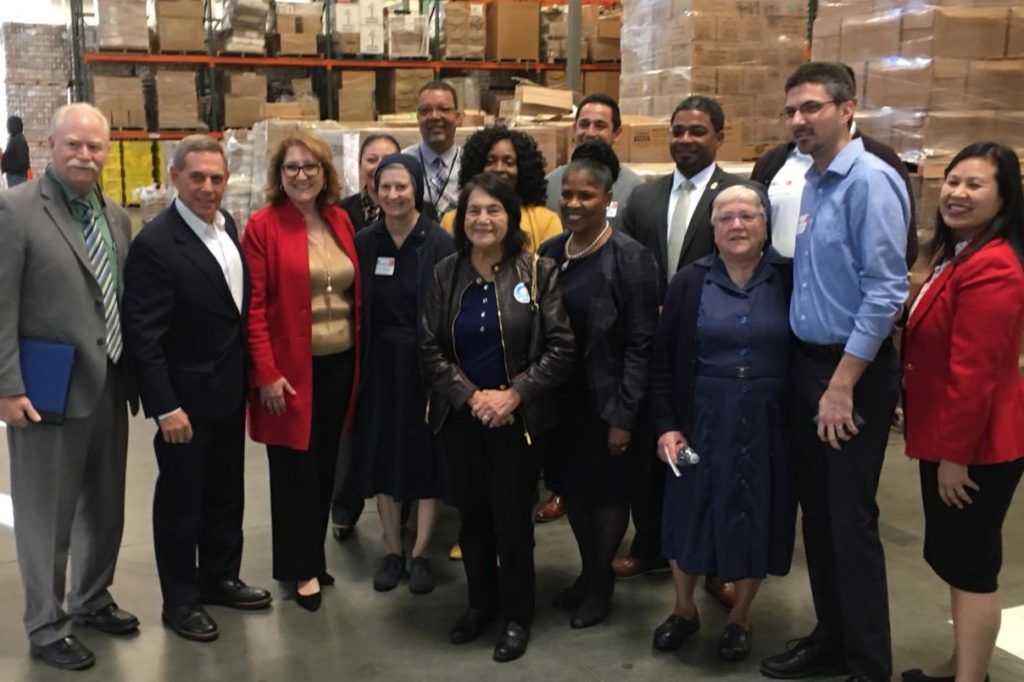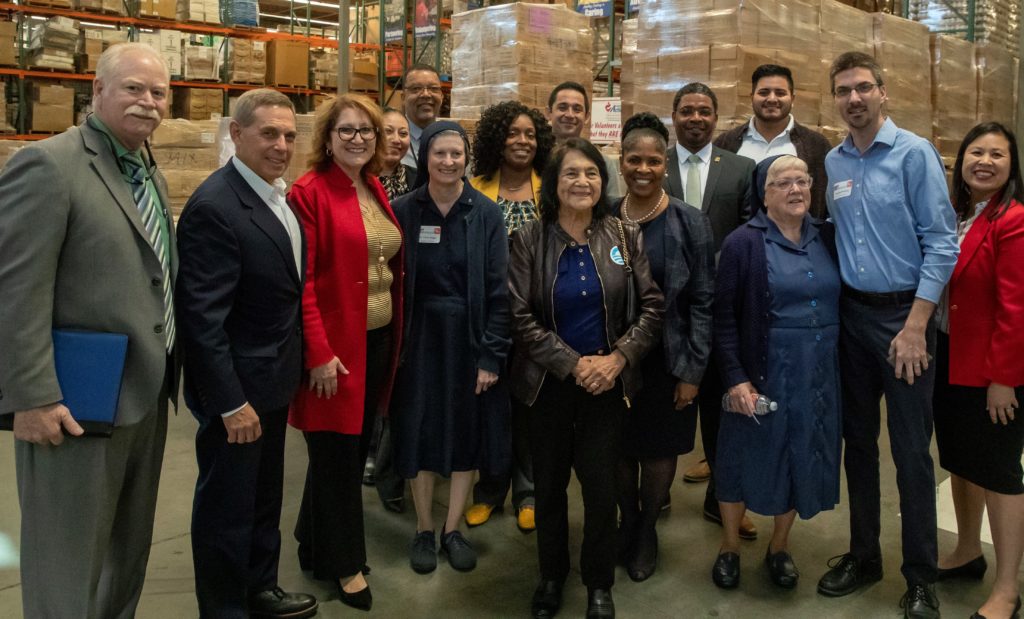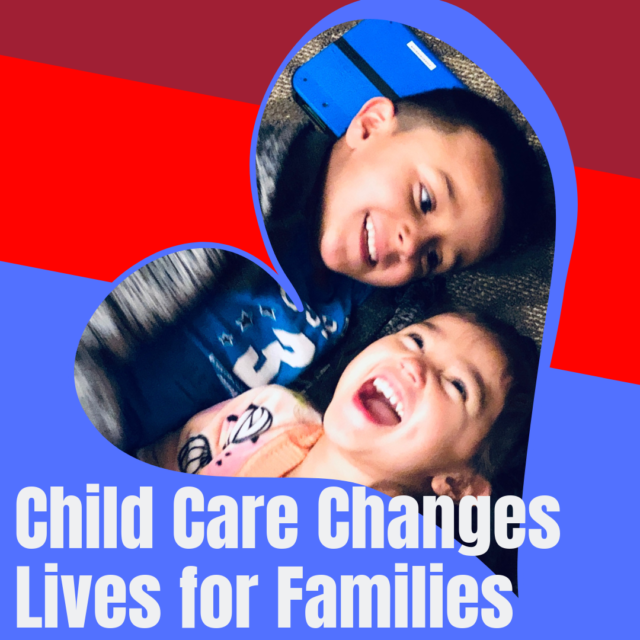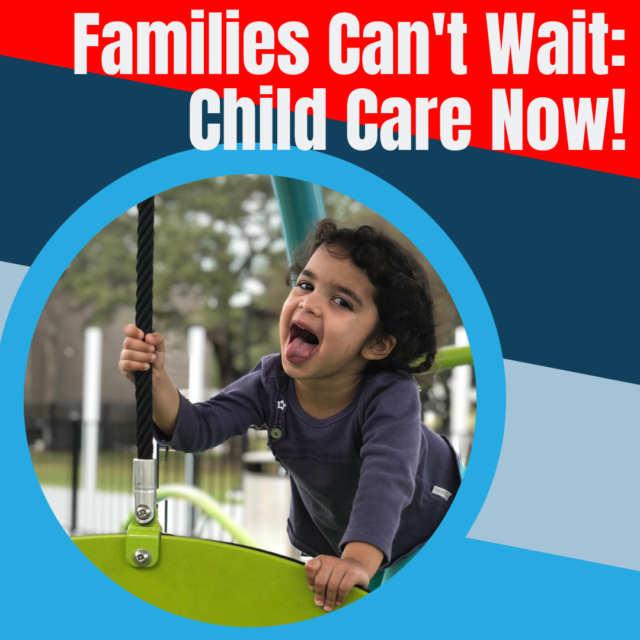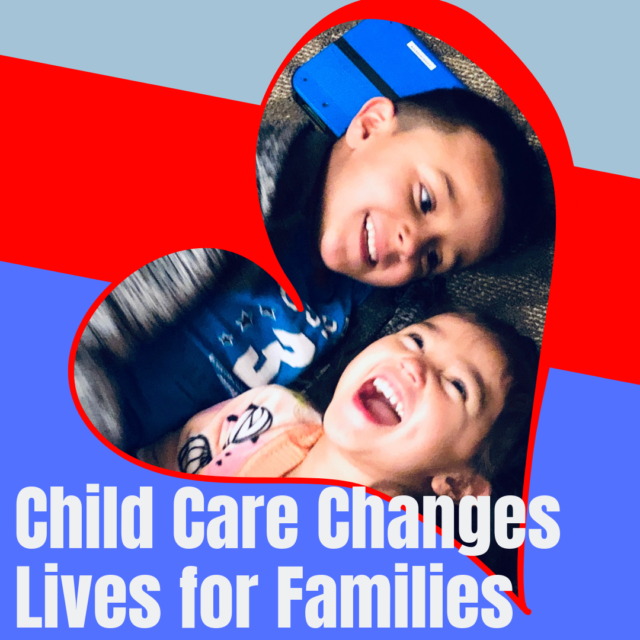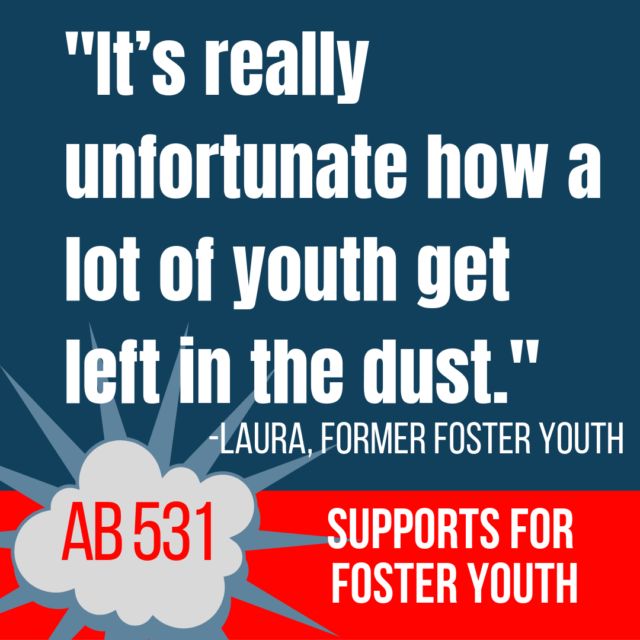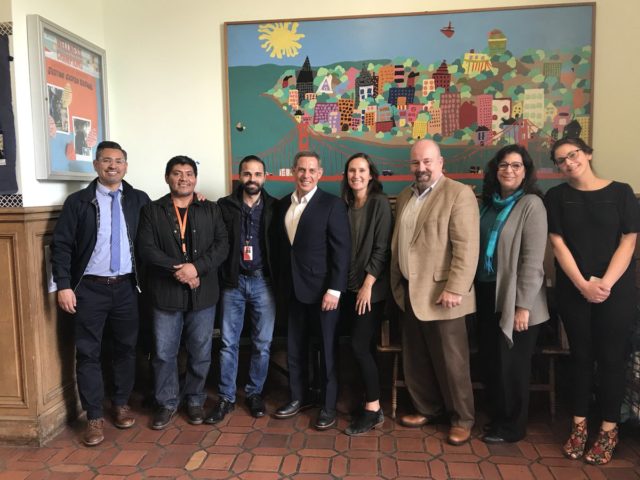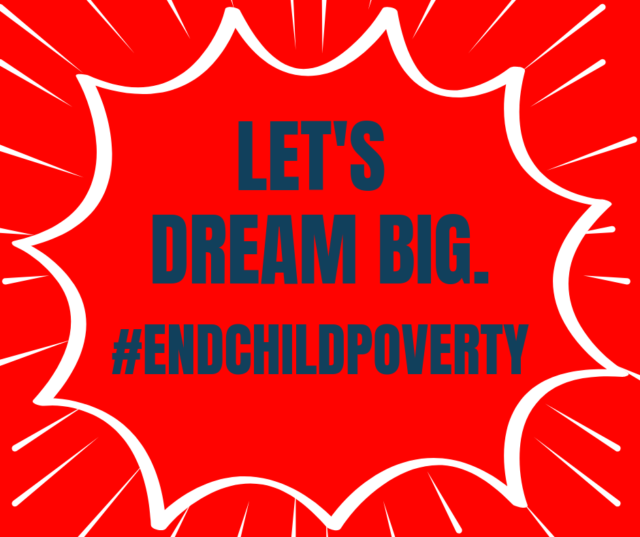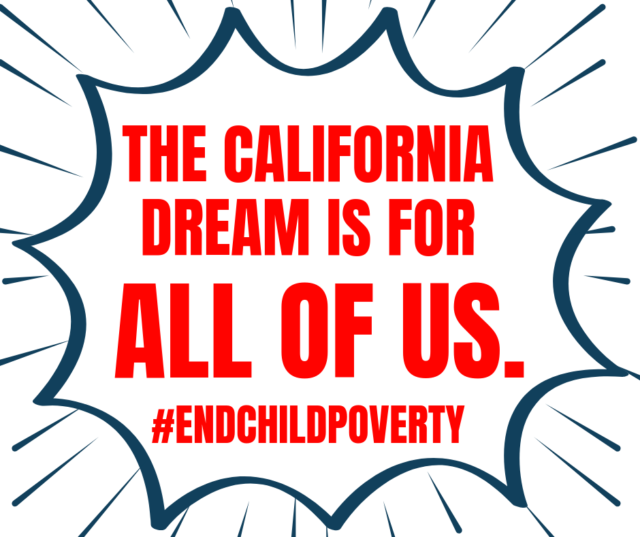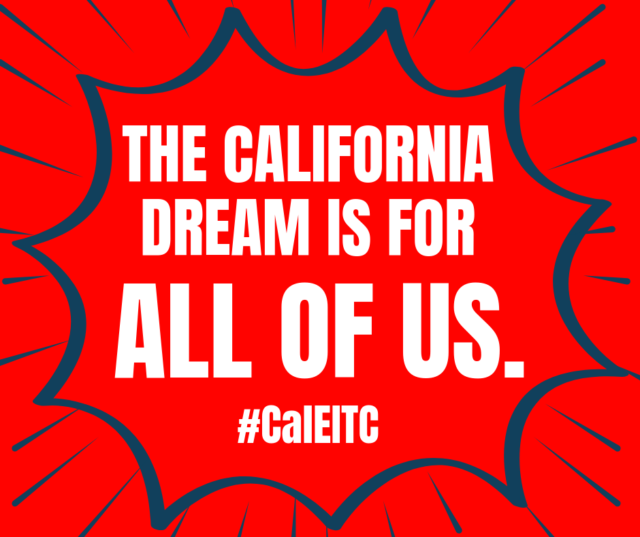Interested in Baby Bonds? ECPCA Has You Covered
Update: July 20, 2022
GRACE Celebrates Groundbreaking $115 Million Investment in HOPE Accounts for Children Orphaned by COVID-19 and Foster Youth!
Governor Gavin Newsom approved the state’s 2022-2023 budget with vital investments secured for over 32,000 children orphaned by COVID and children who are in long-term foster care.
GRACE & End Child Poverty California (ECPCA), John Burton Advocates for Youth (JBAY), End Poverty in California (EPIC), and Liberation in a Generation worked diligently alongside partners and California leaders for the inclusion of HOPE Trust Fund Accounts in the final budget. The Hope, Opportunity, Perseverance, and Empowerment (HOPE) for Children Act – championed by Senator Nancy Skinner (D-Berkeley) – will lay the foundation for future expansion of child trust accounts, or baby bonds, as a tool to support wealth building and economic opportunity for California children living in poverty. Approximately 1 in 5 children live in poverty in our state.
HOPE Accounts will support children from low-income families who lost a primary caregiver to COVID-19, as well as children who are in long-term foster care. HOPE funds will be available when a child turns 18. They will allow children to invest in their education, start a business, or support purchasing transportation or housing. Access to wealth-building tools is critical to shrink the state’s persistent racial wealth gap. The budget agreement provides $100 million in one-time funding and $15 million in ongoing funding for the HOPE Account program.
“HOPE Accounts will provide a level of financial protection—of wealth—that allows children in foster care and children orphaned by COVID the ability to seed their futures with dreams instead of worries. HOPE Accounts give young people the power, agency, and dignity to build wealth now and into the future.
Shimica Gaskins, President and CEO at GRACE & End Child Poverty CA
Cody Van Felden, a foster youth advocate at John Burton Advocates for Youth said, “The guarantee of baby bonds means so much to me. I have done so much advocating for this because, as a first step, baby bonds will begin to eradicate generational poverty. I did not get a running start in getting out of poverty; therefore, I must work twice as hard to ensure my daughter does not stay stuck in poverty. Baby bonds will give others like me that running start to take control of their life.”
California has the highest child poverty rate in the country, with stark economic disparities that track along racial lines. Baby bonds work to close the racial wealth gap and end cycles of intergenerational poverty by providing guaranteed capital that recipients can use to build wealth and establish financial security. Providing access to this seed fund of capital directly combats the effects of racist and classist policy choices that created the racial wealth gap in the first place. Baby bonds are an increasingly prominent policy tool for combating the lasting effects of that history and charting a better path forward. In 2021, the state of Connecticut, and Washington, D.C. each enacted similar programs. Additionally, federal proposals have been introduced by Senator Cory Booker and Representative Ayanna Pressley.
Introduction to Baby Bonds & CA’s Hope Accounts
May 19, 2022
One of End Child Poverty California’s key legislative requests during 2022–and a topic that the GRACE team is championing–is the HOPE for Children Act. This request regards the establishment of Hope Accounts for California youth that are experiencing economic insecurity due to the pandemic and also those that have been involved with the child welfare system.
What will Hope Accounts Do? This proposal will create California’s first “baby bond program,” or trust fund accounts for foster youth in long term care and children orphaned by COVID-19.
Unlike their peers, these children–and other low-income California youth–do not have the cushion of parent or family wealth to rely on when they become adults. This makes it even harder for our young adults to finance an education, buy a house, start a business, and make other moves that would allow them to move out of poverty and into long-term financial stability for themselves AND their families.
A Quick Vocabulary Lesson. Wealth is what a person owns: a person’s net worth, or total assets minus liabilities. This includes items like cash, homes and real estate, cars, jewelry, etc. Income is what a person earns over a certain period, like a salary, sales profits, etc. These two are not the same. Income can generate wealth, but takes time to do so. Having a high paying job doesn’t automatically mean someone is wealthy.
Why Are HOPE Accounts Important? HOPE Accounts are a pathway toward ensuring low-income children in California will have the opportunity to realize their dreams. We are urging the Legislature to create these accounts ASAP for 32,500 children orphaned by COVID and foster youth.
A video primer featuring GRACE President & CEO Shimica Gaskins and End Poverty in California founder Michael Tubbs is available here for everyone to watch and share.
Current Status: This budget proposal is championed by Senator Skinner (D-Berkeley) and is a budget priority for the Senate. Sign on here to tell our policymakers that we need HOPE Accounts NOW.
Read our one-pager and policy brief, included below, for more information on both the Hope for Children Act and baby bonds.
